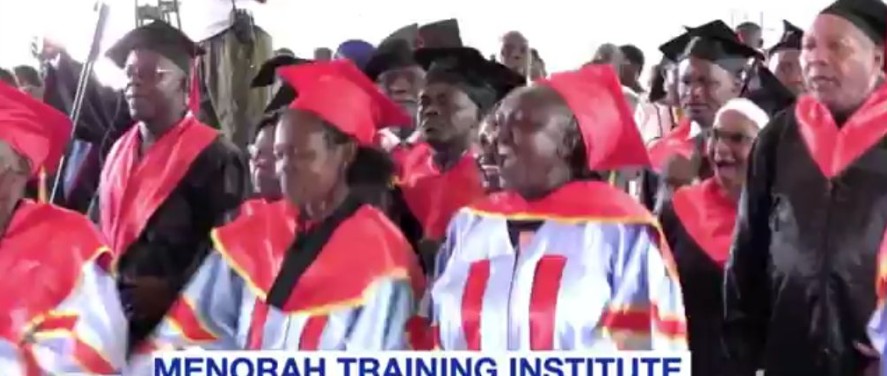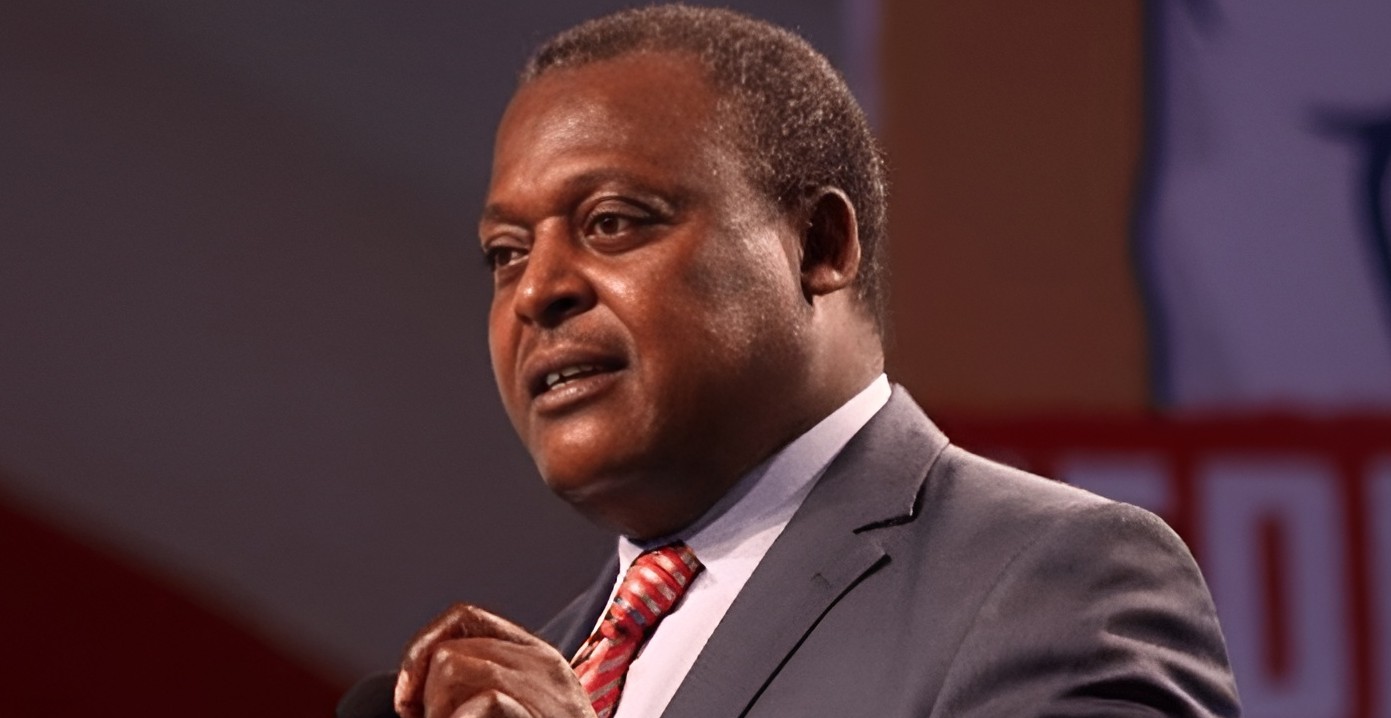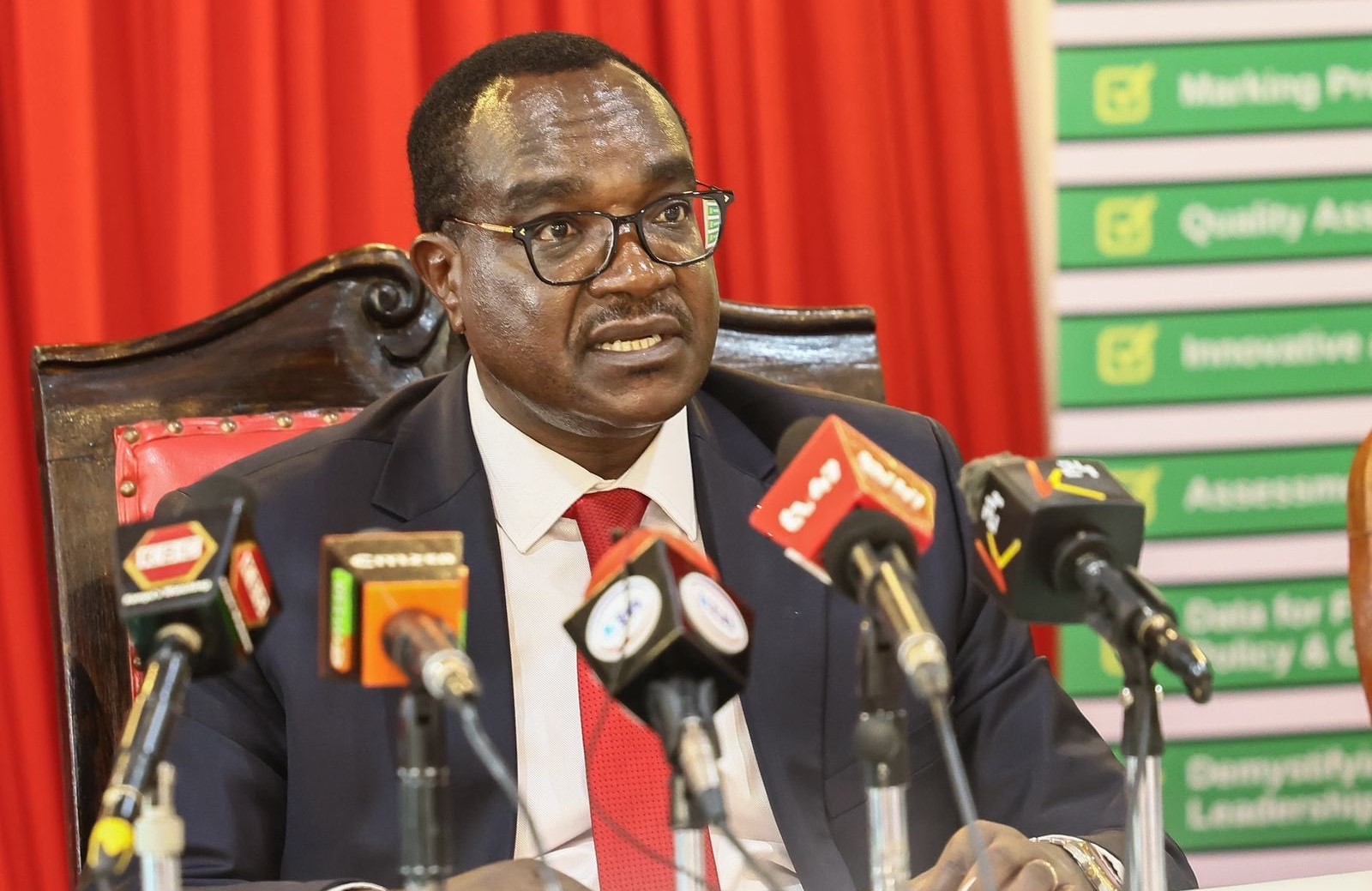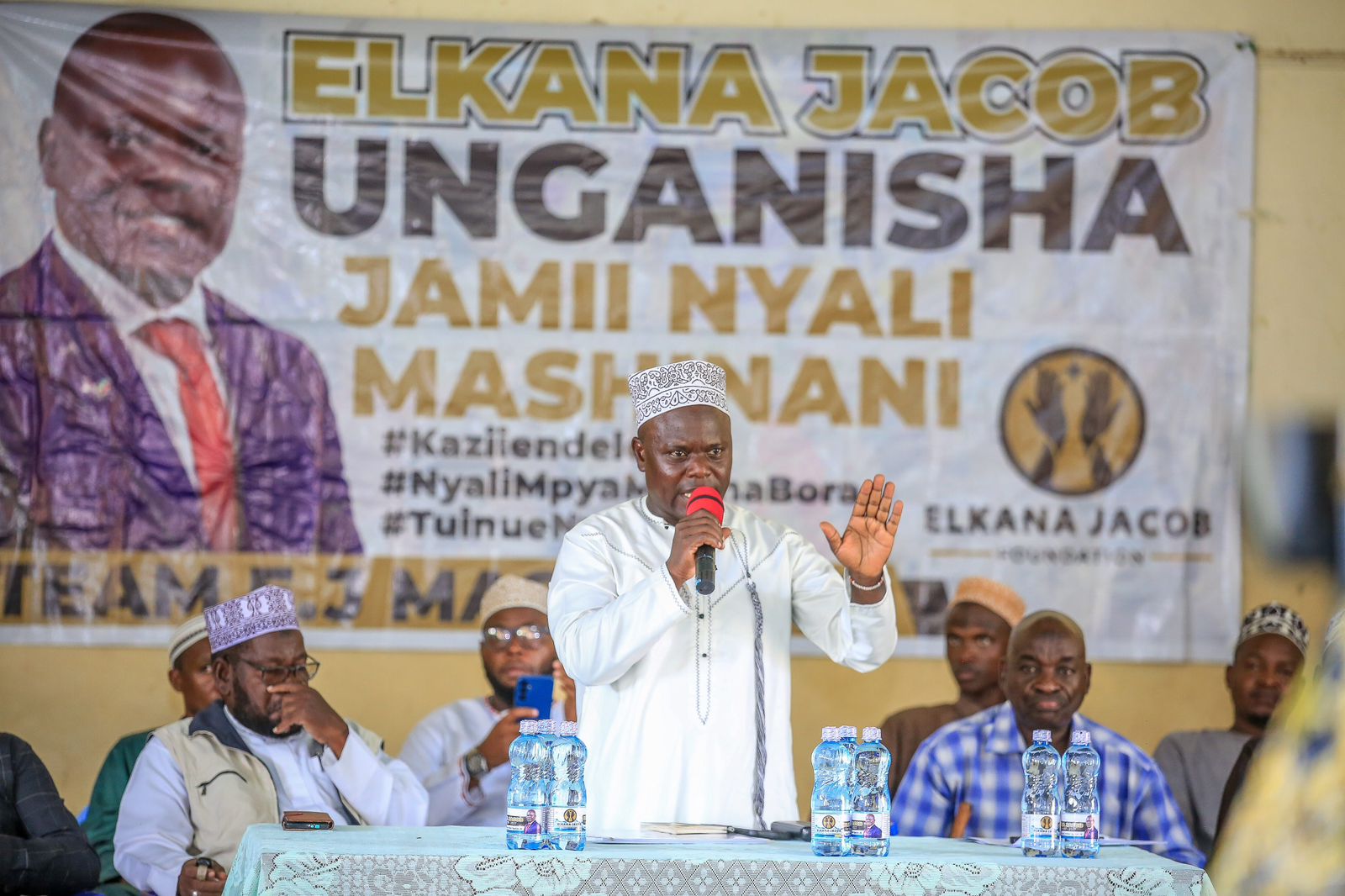CS Ogamba links lecturers' strike to Sh5.4 billion gap in talks with govt
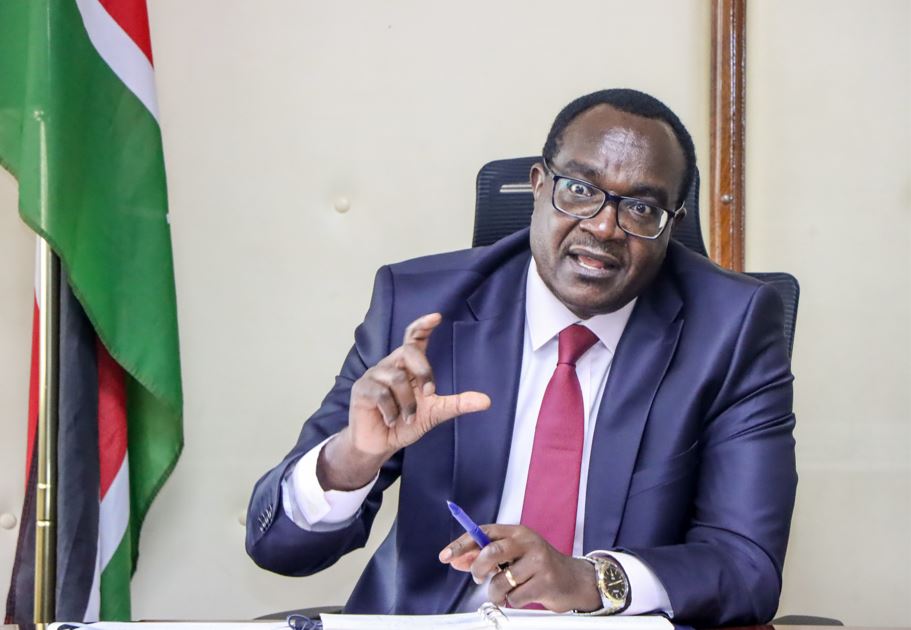
"When the simulation was done, the figure that the government has against the figure by Uasu differs by almost Sh5 billion," CS Ogamba explained.
Education Cabinet Secretary Julius Ogamba has shed light on the ongoing standoff between the government and striking public university lecturers, revealing that a Sh5.4 billion discrepancy is at the heart of the conflict.
The lecturers, represented by the Universities Academic Staff Union (Uasu), are on strike due to the non-implementation of a salary increase agreement signed just last month.
More To Read
- University lecturers petition IMF over unpaid wages, SRC interference in Kenya
- KEMRI-JKUAT collaboration secures court ruling to protect senior scientists from early retirement
- KEPSA calls on Parliament to enact reforms to stabilise public universities after 49-day lecturers’ strike
- Govt announces measures to resume learning in universities after 49-day lecturers' strike
- University lecturers call off 49-day strike after securing Sh7.9 billion arrears deal with government
- JKUAT orders students to vacate campus as lecturers' strike disrupts learning
During a Senate plenary session on Wednesday, Ogamba explained that the stalemate arises from differing figures concerning the simulation of salary increments as outlined in a return-to-work formula agreed upon by the government and the unions.
"That is the discussion we are having to find out the reasons for the difference. We are working to find a middle ground and agree on the actual figure. We have a meeting this afternoon to discuss the issue," he stated.
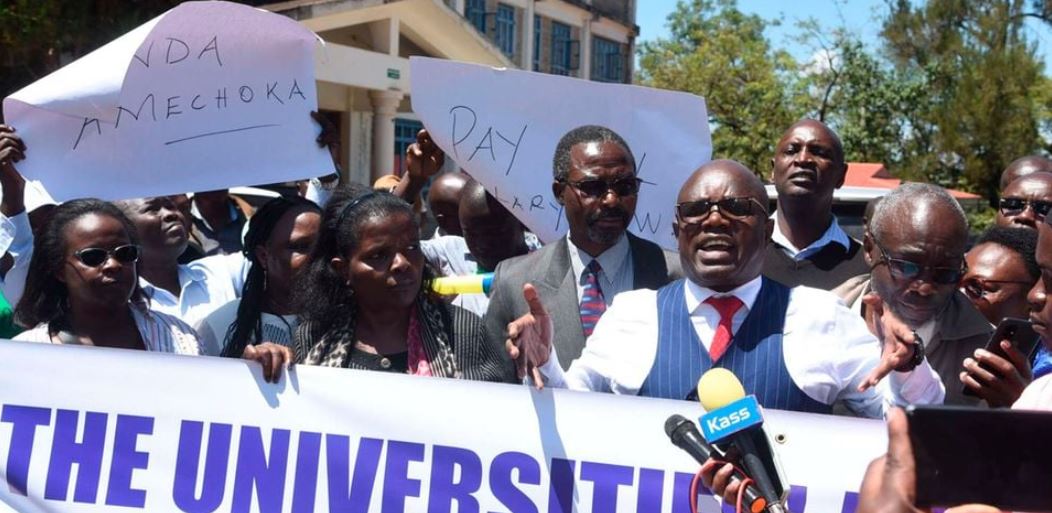 UASU National Secretary General Dr Constantine Wasonga second (right), joins lecturers during their strike in Eldoret, Uasin Gishu County on August 29, 2024. (Photo: Handout)
UASU National Secretary General Dr Constantine Wasonga second (right), joins lecturers during their strike in Eldoret, Uasin Gishu County on August 29, 2024. (Photo: Handout)UASU National Secretary General Dr Constantine Wasonga second (right), joins lecturers during their strike in Eldoret, Uasin Gishu County on August 29, 2024. (Photo: Handout)
Ogamba acknowledged that a planned meeting with Uasu officials had previously failed to take place, which hindered negotiations.
An earlier government team tasked with addressing the lecturers' concerns could not reach a consensus.
The CS noted that the government's simulation puts the salary increment figure at Sh4.3 billion, while Uasu claims their total stands at Sh9.76 billion.
"When the simulation was done, the figure that the government has against the figure by Uasu differs by almost Sh5 billion," he explained.
The two parties had previously agreed on a salary increment of seven percent for job grades 13 to 15 and ten percent for job grades 10 to 12.
Ogamba noted the importance of accurate calculations to arrive at the total budget for these increments.
He attributed the difficulties in resolving the issue to budget cuts faced by the ministry following the withdrawal of the Finance Bill for 2024, which affected funding across various government departments.
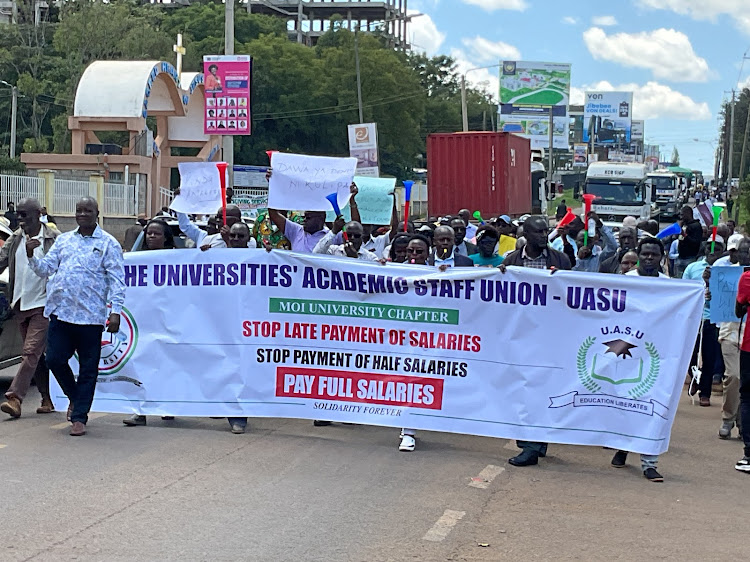 Members of the University and Academic Staff Union (UASU) during a past protest. (Photo: handout)
Members of the University and Academic Staff Union (UASU) during a past protest. (Photo: handout)
Last week, the lecturers issued a seven-day strike notice after failing to reach an agreement on the implementation of the return-to-work formula they had signed after a previous strike that was suspended on September 26, 2024.
This agreement included not only the salary increments but also automatic annual raises of four percent of the basic salary for two years, starting July 1, 2023.
Additionally, the retirement age for graduate assistants, tutorial fellows, and assistant lecturers was to be harmonized at 70, while senior lecturers, associate professors, and professors would retire at 74.
The financial implications of the agreement are significant. According to a joint committee's calculations on the salary scales for the Collective Bargaining Agreement (CBA) covering 2021 to 2025, implementing the agreement would require Sh9.76 billion, more than double the government's proposed figure.
In one scenario, the basic salary increase would account for Sh3.15 billion in the fiscal year ending June 30 and Sh4.97 billion in the following year.
The pension component would add Sh631.4 million in the first year and Sh985.19 million in the next.
Under an alternative scenario, the total required would be Sh9.67 billion, with a minor reduction in the basic salary component.
The unions initiated the industrial action last month due to delays in negotiations and the implementation of previous CBAs.
As the government and the lecturers prepare for another round of negotiations, the need for a swift resolution is paramount to avoid further disruptions in public university operations.
Top Stories Today
